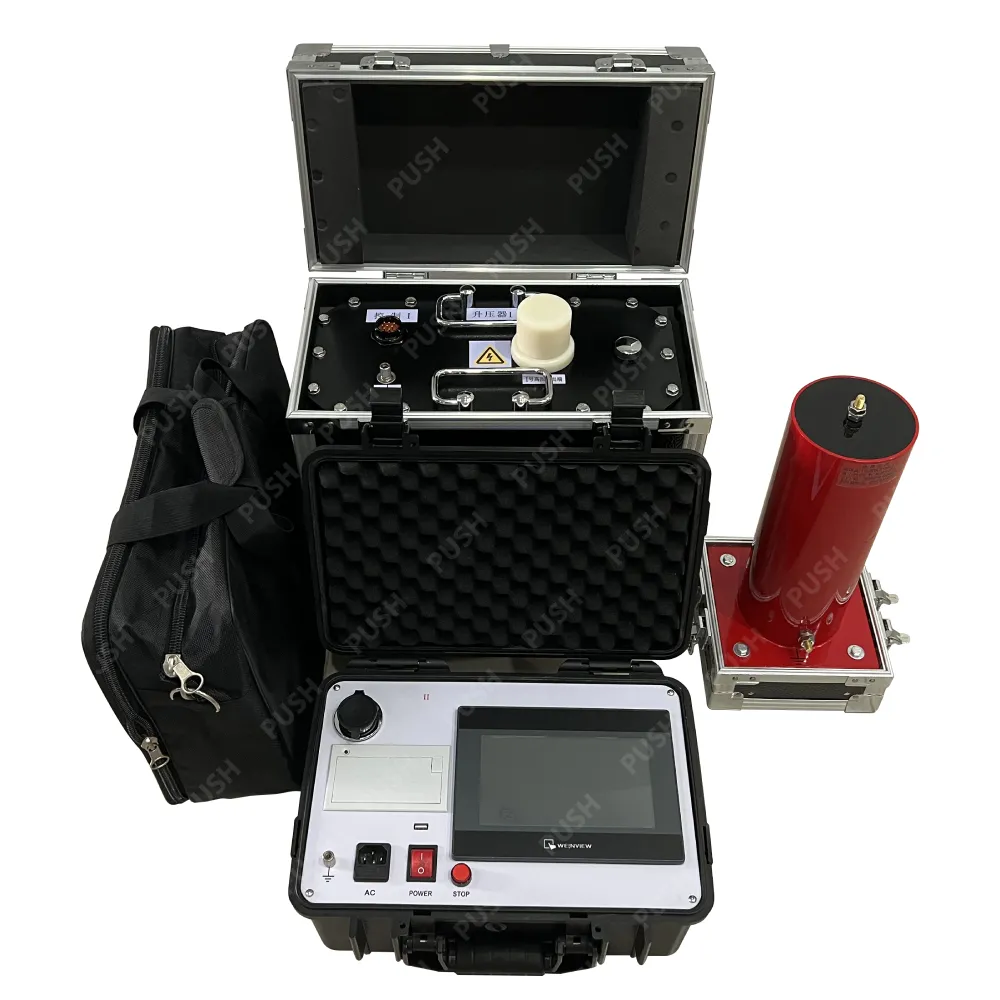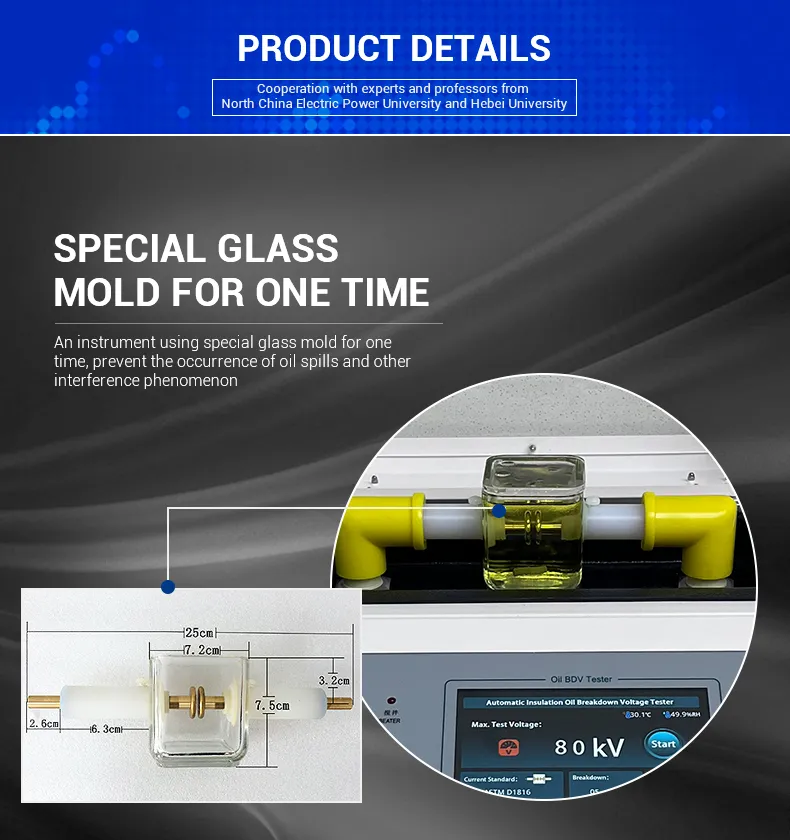TEL:
+86-0312-3189593
 English
English

Telephone:0312-3189593

Email:sales@oil-tester.com
2 月 . 04, 2025 04:01
Back to list
types of transformer oil testing
In the ever-evolving world of electrical engineering, transformer oil plays a crucial role in maintaining the efficiency and reliability of transformers. As a dielectric fluid, transformer oil acts as an insulator and coolant, essential for the smooth functioning of transformers. To ensure the oil's effectiveness, various testing methods have been developed, each providing critical insights into the oil's condition and performance. Understanding these testing procedures is vital for industry professionals and facility managers tasked with maintaining electrical infrastructure.
Furan Analysis evaluates the concentration of furan compounds in transformer oil. These compounds are a byproduct of the decomposition of cellulose insulation used in transformers. The presence of high furan levels can indicate severe insulation degradation, necessitating closer examination of the transformer's condition. Furan analysis provides invaluable insights into the remaining life of the transformer, helping asset managers make informed decisions regarding maintenance, replacement, or upgrade. Another key test is the Power Factor or Tan Delta Test, which assesses the dielectric losses in the transformer oil. Higher power factor values suggest increased dielectric losses and potentially compromised insulation. Regular monitoring through this test can alert engineers to insulation issues, facilitating timely corrective measures. Maintaining a low power factor is essential for efficient transformer operation and energy consumption reduction. The Acid Number Test evaluates the acidic components in transformer oil, indicative of oil degradation and potential corrosive damage to transformer components. A rising acid number can hasten the decay of cellulose insulation and metals. Regular assessment of the acid number is crucial in scheduling oil reclamation or replacement activities before substantial damage occurs, thus extending the transformer's service life and enhancing its reliability. Transformer oil testing is an indispensable part of electrical asset management, serving as a preventative approach to maintaining system integrity and prolonging equipment life. By incorporating these comprehensive testing methodologies, industry professionals can preemptively identify and address issues, ensuring operational excellence and safeguarding against unexpected system failures.


Furan Analysis evaluates the concentration of furan compounds in transformer oil. These compounds are a byproduct of the decomposition of cellulose insulation used in transformers. The presence of high furan levels can indicate severe insulation degradation, necessitating closer examination of the transformer's condition. Furan analysis provides invaluable insights into the remaining life of the transformer, helping asset managers make informed decisions regarding maintenance, replacement, or upgrade. Another key test is the Power Factor or Tan Delta Test, which assesses the dielectric losses in the transformer oil. Higher power factor values suggest increased dielectric losses and potentially compromised insulation. Regular monitoring through this test can alert engineers to insulation issues, facilitating timely corrective measures. Maintaining a low power factor is essential for efficient transformer operation and energy consumption reduction. The Acid Number Test evaluates the acidic components in transformer oil, indicative of oil degradation and potential corrosive damage to transformer components. A rising acid number can hasten the decay of cellulose insulation and metals. Regular assessment of the acid number is crucial in scheduling oil reclamation or replacement activities before substantial damage occurs, thus extending the transformer's service life and enhancing its reliability. Transformer oil testing is an indispensable part of electrical asset management, serving as a preventative approach to maintaining system integrity and prolonging equipment life. By incorporating these comprehensive testing methodologies, industry professionals can preemptively identify and address issues, ensuring operational excellence and safeguarding against unexpected system failures.
Next:
Latest news
-
Differences between open cup flash point tester and closed cup flash point testerNewsOct.31,2024
-
The Reliable Load Tap ChangerNewsOct.23,2024
-
The Essential Guide to Hipot TestersNewsOct.23,2024
-
The Digital Insulation TesterNewsOct.23,2024
-
The Best Earth Loop Impedance Tester for SaleNewsOct.23,2024
-
Tan Delta Tester--The Essential Tool for Electrical Insulation TestingNewsOct.23,2024





